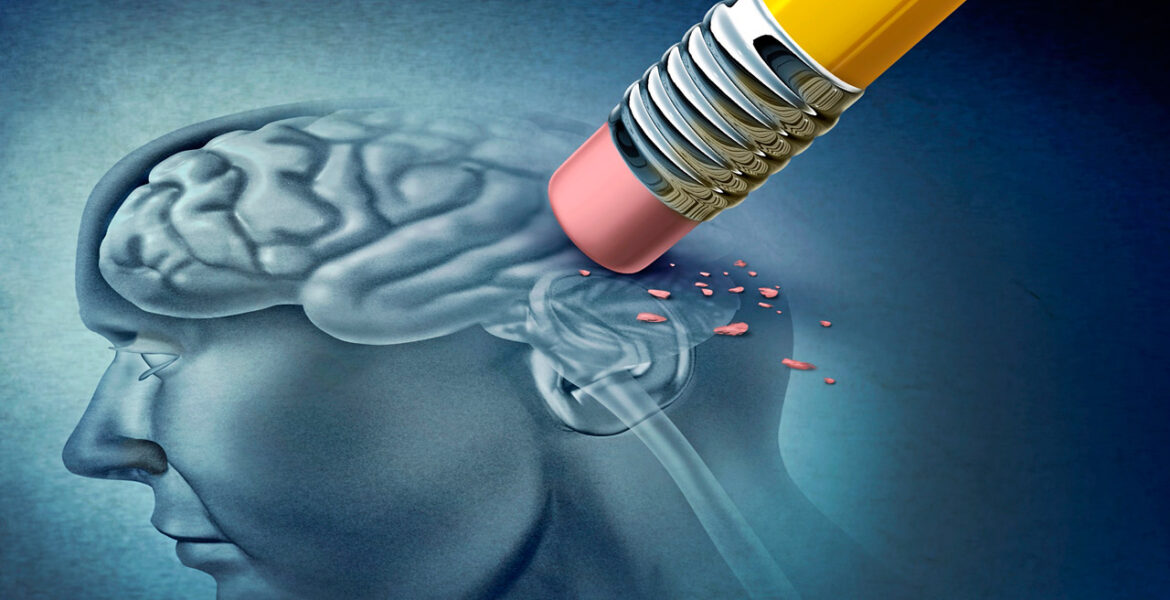A promising new approach to potentially treat Alzheimer's disease – and also vaccinate against it – has been developed by a team of the UK and German scientists.
Alzheimer's occurs in the human brain, amyloid-beta proteins have long been linked in its advance. A new study has uncovered a previously undiscovered hairpin-like structure within this protein that proved crucial to an antibody response seen in mice, with an engineered version of the protein fragment also laying the groundwork for a vaccine against the disease in humans.
Amyloid proteins in the brain have long been associated with the neurodegeneration seen in Alzheimer's. It is thought these toxic proteins build up to form dangerous brain plaques in between nerve cells that lead to memory loss and cognitive decline, and as such, a lot of research has focused on drugs that target amyloid in its early stages.
Rather than concentrate on the amyloid-beta protein in plaques in the brain, which are commonly linked with Alzheimer's disease, the antibody and vaccine both target a different soluble – form of the protein, which is thought to be highly toxic.
Amyloid beta-protein naturally exists as highly flexible, string-like molecules in solution, which can join together to form fibres and plaques. In Alzheimer's disease, a high proportion of these string-like molecules become shortened or 'truncated', and some scientists now think that these forms are key to the development and progression of the disease.
Dr Preeti Bakrania and colleagues from LifeArc adapted this antibody so a human immune system wouldn't recognise it as foreign and would accept it. When the Leicester research group looked at how and where this 'humanised' antibody, called TAP01_04, was binding to the truncated form of amyloid-beta, the team had a surprise. They saw the amyloid-beta protein was folded back on itself, in a hairpin-shaped structure.
Professor Mark Carr, from the Leicester Institute of Structural and Chemical Biology at the University of Leicester, explained:
"This structure had never been seen before in amyloid-beta. However, discovering such a definite structure allowed the team to engineer this region of the protein to stabilise the hairpin shape and bind to the antibody in the same way. Our idea was that this engineered form of amyloid-beta could potentially be used as a vaccine, to trigger someone's immune system to make TAP01_04 type antibodies."
When the team tested the engineered amyloid-beta protein in mice, they found that mice who received this 'vaccine' did produce TAP01 type antibodies.
The Göttingen group then tested both the 'humanised' antibody and the engineered amyloid-beta vaccine, called TAPAS, in two different mouse models of Alzheimer's disease. Based on similar imaging techniques to those used to diagnose Alzheimer's in humans, they found that both the antibody and the vaccine helped to restore neuron function, increase glucose metabolism in the brain, restore memory loss and – even though they weren't directly targeted - reduce amyloid-beta plaque formation.
LifeArc's Dr Bakrania said: ''The TAP01_04 humanised antibody and the TAPAS vaccine are very different to previous antibodies or vaccines for Alzheimer's disease that have been tested in clinical trials, because they target a different form of the protein. This makes them really promising as a potential treatment for the disease either as a therapeutic antibody or a vaccine. The results so far are very exciting and testament to the scientific expertise of the team. If the treatment does prove successful, it could transform the lives of many patients."
Professor Mark Carr added: "While the science is currently still at an early stage, if these results were to be replicated in human clinical trials, then it could be transformative. It opens up the possibility to not only treat Alzheimer's once symptoms are detected, but also to potentially vaccinate against the disease before symptoms appear."
The researchers are now looking to find a business partner to take the therapeutic antibody and the vaccine through clinical trials.
Source: University of Leicester


